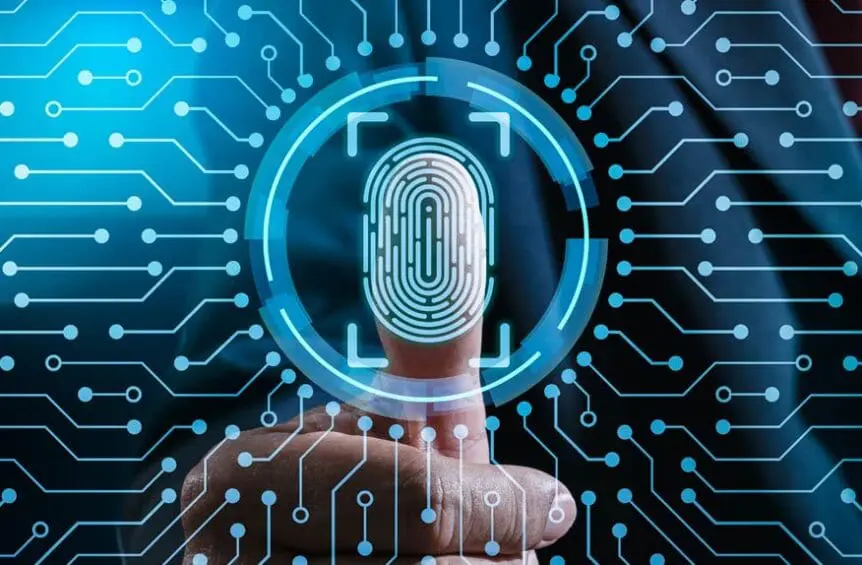Biometric technology has revolutionized the way personal identification data is collected, stored, and utilized, especially in criminal investigations.
Biometric technology has revolutionized the way personal identification data is collected, stored, and utilized, especially in criminal investigations. As law enforcement agencies increasingly adopt biometric systems, they enhance the accuracy and efficiency of identifying individuals, solving cases, and maintaining secure data management. In this article, we will explore the fundamentals of biometrics, its application in criminal investigations, and how it significantly improves data accuracy and operational efficiency.
What is Biometrics?
Biometrics refers to the automated recognition of individuals based on their unique physical or behavioral characteristics. These characteristics can include fingerprints, facial features, iris patterns, voiceprints, and even gait patterns. By using biometric data, systems can accurately verify or identify individuals, providing a robust alternative to traditional identification methods like passwords or ID cards.
Biometric systems are categorized into two main types:
-
Physiological Biometrics: Includes fingerprints, facial recognition, iris scans, and DNA analysis.
-
Behavioral Biometrics: Involves voice recognition, signature dynamics, typing patterns, and gait analysis.
Biometric data is highly secure because it is unique to each individual and difficult to replicate or falsify. This makes biometrics an ideal tool for personal identification, particularly in areas where accuracy and security are paramount.
To learn more about how biometric systems work and their applications, check out this detailed overview on MegaMatcher Biometric Identity Management.
Biometrics in Criminal Investigations
Biometrics has become an indispensable tool in criminal justice, enabling law enforcement agencies to accurately identify suspects, witnesses, and victims. By leveraging biometric data, investigators can expedite the identification process, minimize errors, and increase the overall efficiency of criminal investigations.
Key biometric technologies used in criminal investigations include:
-
Fingerprint Recognition: Matching fingerprints from crime scenes with databases to identify suspects or victims.
-
Facial Recognition: Analyzing facial features to track and identify individuals from video footage or images.
-
Iris Scanning: Used to confirm identities with high precision, especially in controlled environments like prisons.
-
DNA Profiling: Matching DNA samples collected at crime scenes with criminal databases to find potential matches.
Biometrics within criminal investigation processes enable law enforcement agencies to make faster and more accurate identifications, ultimately improving the success rate of criminal case resolutions. To explore more about biometrics within criminal investigation, visit MegaMatcher Biometric Criminal Investigation.
How Biometrics Enhances Accuracy and Efficiency
Biometrics offers several advantages over traditional identification methods, making it a valuable asset in criminal investigations:
-
Improved Accuracy: Biometric systems minimize human error, providing precise identification that reduces the chances of false positives or negatives.
-
Rapid Identification: Automated matching algorithms quickly compare biometric data against extensive databases, significantly speeding up the identification process.
-
Secure Data Storage: Biometric data is stored securely, often encrypted, making it resistant to tampering or unauthorized access.
-
Real-Time Data Processing: Advanced systems can analyze biometric data in real-time, helping law enforcement respond swiftly during ongoing investigations.
Industry Applications and Case Studies
Biometrics is not only beneficial for criminal investigations but also plays a crucial role in various sectors where secure and accurate identification is vital. For instance:
-
Border Security: Biometric verification at airports to ensure the identity of travelers.
-
Law Enforcement: Biometric databases to track and monitor criminal activity.
-
Forensic Analysis: Utilizing fingerprints and DNA to link individuals to crime scenes.
-
Public Safety: Surveillance systems equipped with facial recognition to identify wanted individuals.
Conclusion
Biometric technology represents a breakthrough in modern law enforcement, offering unmatched accuracy and efficiency in criminal investigations. By integrating biometric systems, agencies can streamline their investigative processes, reduce errors, and enhance public safety. As biometric technology continues to evolve, its applications in criminal justice are likely to expand, making it an invaluable tool for law enforcement worldwide.











